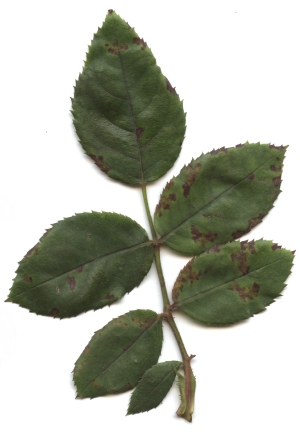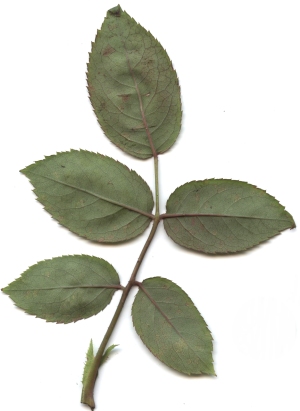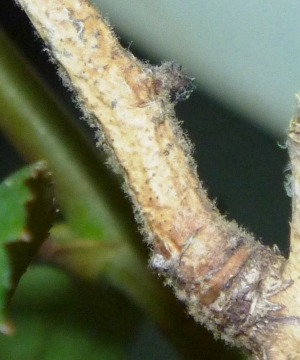Downy Mildew of Ornamentals
Causal Agent
Several closely related fungi but most commonly the pathogens are in the genera Peronospora or Plasmopara.
Hosts

Symptoms

With certain types of downy mildew, white or gray fungal growth may be visible on the underside of the leaves, beneath the discolored areas on the upper surface. Fungal growth may also be visible on the stems or canes. This may only be visible during periods of very high humidity.
Disease cycle

Downy mildew epidemics end when temperatures increase and moisture decreases. Since Oklahoma is hot and dry for much of the year, the disease will seemingly “go away” as summer approaches. However, the oospores are long lived and the disease will simply go dormant until the next favorable weather period. Even in the home garden, downy mildew infections may be visible each spring.
Control
Select plants that appear healthy and do not exhibit irregular leafspots or dieback. In established plants, remove infected stems or canes in late fall or winter. Discard plant debris in the trash. Prune plants to increase air circulation which decreases humidity. Fungicides are not recommended for the home garden, but they may be needed in nursery situations.
